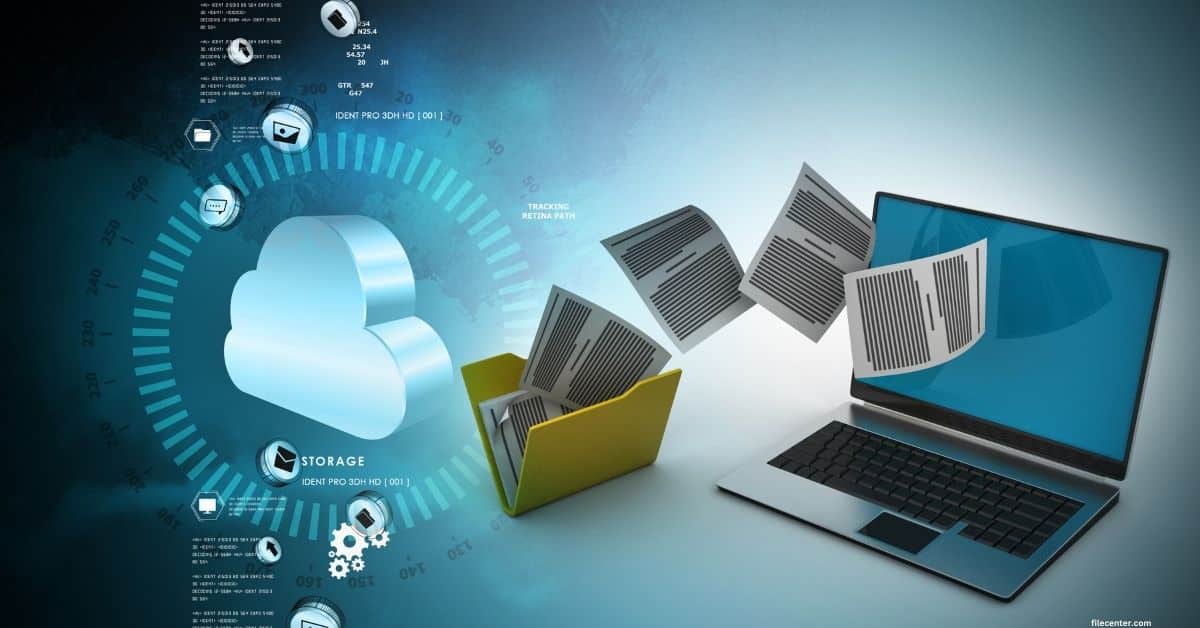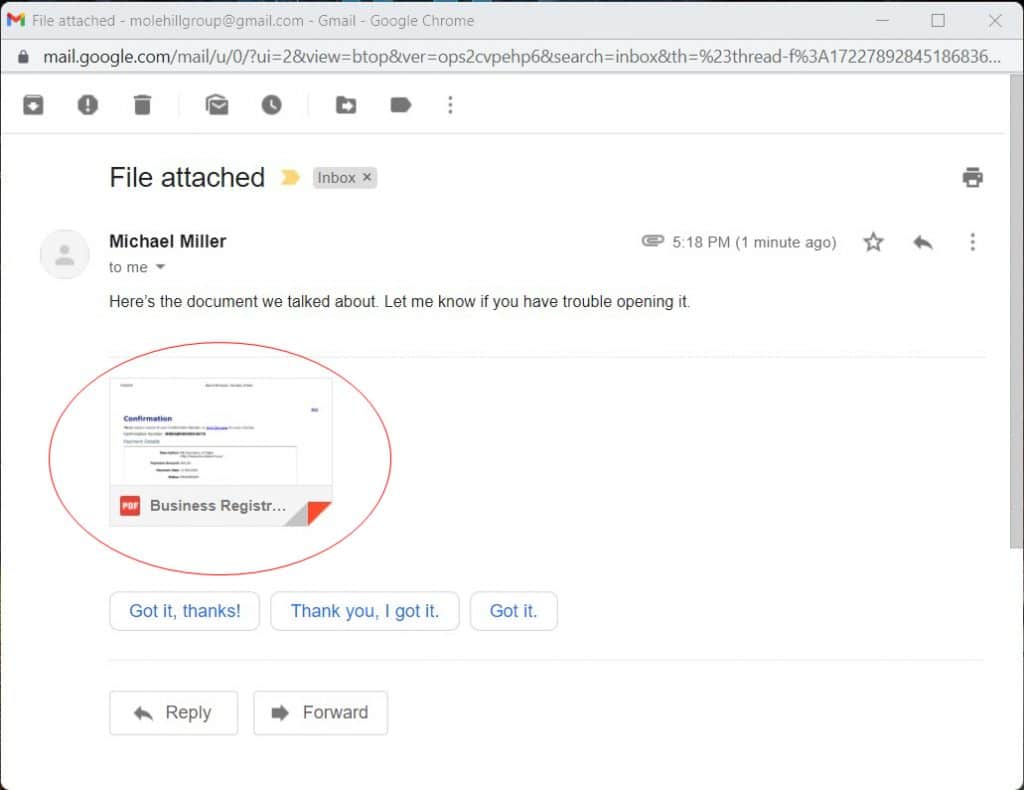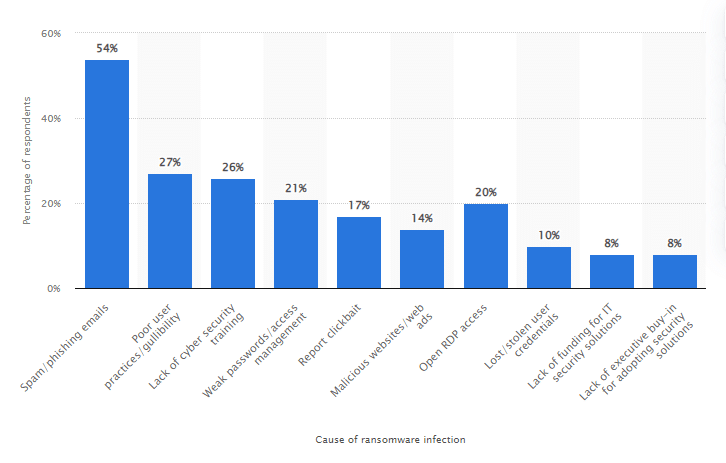Using Client Portals for Secure File Sharing

Are you using a client portal for secure file sharing? If not, you should consider using it for your business.
Most businesses are document intensive. Not only do your employees share documents and other files with other members of their team, but you also share documents with your clients and customers.
The documents and files you share must be easy for your clients to access, arrive in a timely fashion, and stay secure. You don’t want sensitive documents of any type – contracts, tax returns, lab results, or other privileged communications – falling into the wrong hands.
With a client portal, it is easier and more secure to share files than via email or cloud storage services. Learn more about client portals and why they’re best for your business.
Key Takeaways:
- Secure file sharing enhances collaboration, keeps files in sync, and protects documents.
- Sharing files via portable media is slow, cumbersome, and risky.
- Sharing files via email is insecure, inefficient, spreads malware, and can lead to ransomware attacks.
- The safest and easiest way to share files with clients is with a secure client portal, like FileCenter Portal.
Why Secure File Sharing is Important
With secure file sharing, you know that all of your communications are safe from theft, damage, and other forms of attack. This provides the following benefits for both you and your clients:
- Enhanced collaboration with clients
- Controlled access to sensitive files
- Files always in sync
- Files protected by regular backups
Why You Shouldn’t Share Files via Portable Media
If you’ve been using computers for a decade or more, you probably remember when sharing a file was a big hassle – and a big risk. Back in the day, sharing a file meant burning that to a CD or floppy disk, or even printing out the file and sending it via snail mail or hand delivery.
Sharing files via CD or USB drives is extremely inefficient. Whether it’s a person-to-person transfer or the media is sent via interoffice or postal mail, it’s still a physical process. Once you receive the portable media, you then have to insert it into your computer and download the files to your hard drive, which takes even more time. It’s slow, it’s inconvenient, and you can only share a CD or USB drive with one person at a time.
In addition, sharing files via portable media is a significant security risk. Malicious actors can install malware on the CD or USB drive and automatically infect your machine when it’s inserted. You should never insert an unknown drive or disk into your computer, which rules out this old-school method of file sharing.
Why You Shouldn’t Share Files via Email
Email is a more efficient way to share files than using a CD or USB drive, but it’s still not recommended. Sending a file as an email attachment is convenient for one-way sharing but doesn’t allow real-time access or facilitate collaboration. But that’s not the main reason to abandon email file sharing.

In addition to being an inefficient way to share files, email is a significant security threat. The majority of email communication is insecure, which means that there’s potential for malicious actors to intercept and read your email message and any files attached. There’s no guarantee that a file you attach to an email will arrive at the intended destination and not be seized or diverted along the way.
Email is also used to spread malware, ransomware, and other cyber threats. According to HP Wolf Security Threat Insights Report, 75% of malware and other threats are delivered via email. Research also shows that 54% of all ransomware attacks are initiated via email.

Why You Shouldn’t Share Files via Cloud Services
For the reasons discussed, many businesses and individuals have stopped sharing files via portable media and email and instead moved to cloud-based services such as Dropbox, Google Drive, and Microsoft OneDrive. These services enable real-time file sharing from any location and are considerably more secure than old-school file sharing methods.
That said, file sharing via cloud services has its own challenges, including:
- No easy way to manage file shares and revoke sharing privileges
- Difficult if not impossible to share files with users not on the same cloud service
- Not all cloud services use encrypted file sharing, which weakens security
- Cloud outages can affect access to your files
- Cloud services are susceptible to data breaches and cyber attacks
Client Portals: The Best Way to Securely Share Files
Fortunately, there is a better way to share sensitive files with your clients – through a secure client portal. A client portal is like a shared restricted meeting place that you both have access to. With a client portal, you and your clients can drop off documents for each other, leave notes and instructions, and collaborate in other ways.
The way a secure client portal works is simple. You upload a document onto a secure cloud space and provide the email addresses of people who are allowed to access it. Each of those individuals receives an email message with a link that gives them access to the shared document. It’s just as easy as sending a file via email but the entire process, from start to finish, is heavily encrypted to provide unparalleled security.
Using a secure client portal, such as FileCenter Portal, makes communicating and sharing files with clients both fast and easy. The client portal eliminates the wait time when sharing files through traditional methods and provides easy access no matter where you or your clients are located. Adding a client portal to an existing document management solution makes the process of sharing and downloading files seamless.
The following video provides more detail about how FileCenter Portal works.
Switch to FileCenter Portal, the Secure Client Portal Solution
When you want to better and more securely collaborate and communicate with your clients, turn to FileCenter Portal. FileCenter Portal makes file sharing easy and safe. You can even customize the look of your client portal to better represent your company’s brand.
Contact FileCenter today to learn more about secure file sharing with FileCenter Portal!


